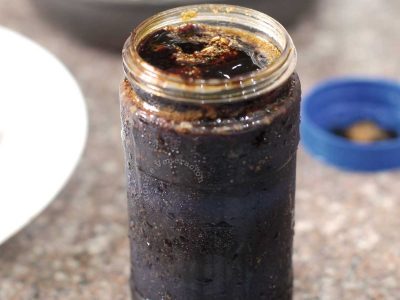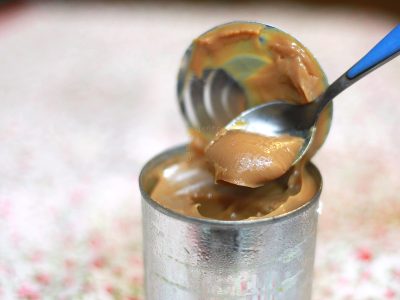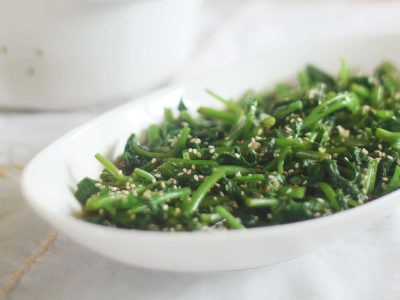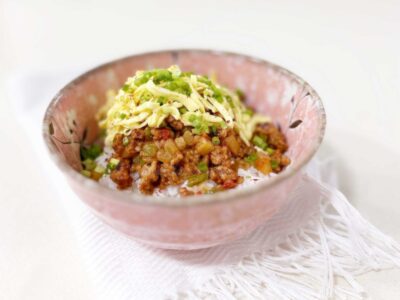I’ve loved sesame seeds since I was a child. I discovered them via sesame balls which were almost always part of the meal when we dined in Chinese restaurants.
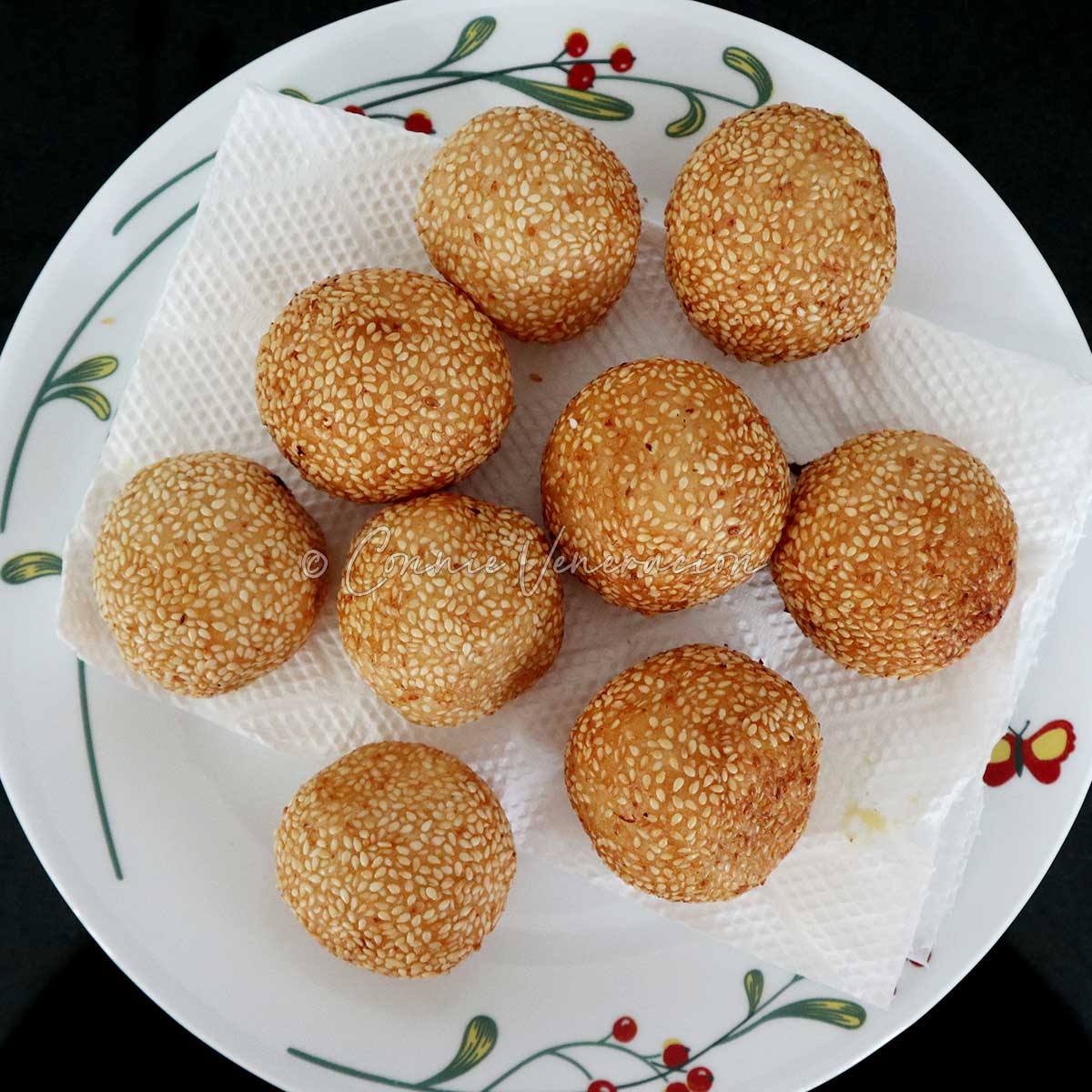
But, even if you’re not Asian and even if you’ve never had Asian food before, nine chances out of ten, you’ve eaten sesame seeds at least once.
We find them on hamburger buns, bagels and bread sticks, and most people think they’re merely decorative. Sesame seeds are more than a food decoration. They add a subtle crunch, they impart a distinct flavor and, especially when toasted, an indescribably unique aroma.
In this article, sesame seeds are discussed from the perspective of a home cook who is not a botanist. For easier understanding, let’s break it down into:
- the seeds themselves
- the oil derived from them and
- sesame paste which is used in Asia and beyond
Where do sesame seeds come from?
The seeds come from a flowering plant in the genus Sesamum which grows and thrives in warm tropical climate. Most wild varieties are native to regions in Africa south of the Sahara. Sesamum indicum has been domesticated for at least 3,000 years as evidenced by the discovery of charred sesame in excavations at the Indus civilization site of Harappa.
The plant grows pods in which the seeds are stored. When they mature, the pods naturally pop open. There are claims that this phenomenon is the source of “Open sesame!” in the tale of Ali Baba and the Forty Thieves — the sound of a sesame pod popping is similar to that of a lock being opened.
Sesame seeds in our kitchen
Sesame seeds are sold hulled or unhulled. The color can be milky-white (the most common), black, red, brown, gold or gray. The darker ones are said to be more flavorful, but most people are only familiar with the cream-colored variety.
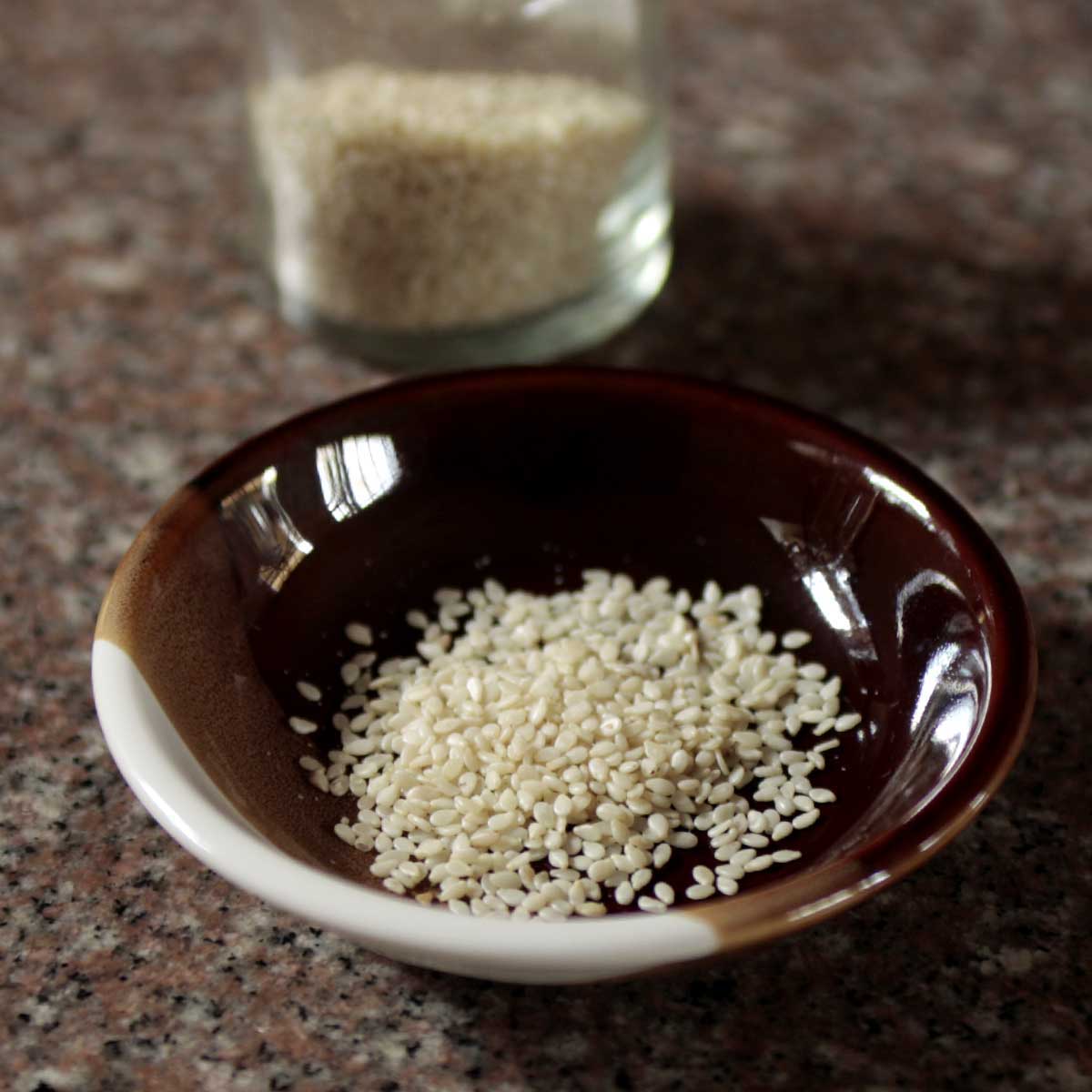
Personally, I have only used black, brown and cream-colored sesame seeds. I have not encountered other colors in my years of food shopping. Among the three, brown sesame seeds have the nuttiest flavor and aroma.
I use black mainly to create color contrasts in cooked food. Cream-colored sesame seed, although the most common and most widely available, is the least aromatic and is the least flavorful.
How to buy and store sesame seeds
First, let’s deal with the most obvious question: where can one buy sesame seeds? In Asia, sesame seeds are sold in almost every market, supermarket and grocery. Outside of Asia, you’ll have to check Asian stores or the Asian aisle of your local grocery.
When buying sesame seeds, choose small packets, store in an airtight container, and keep away from sunlight and heat. Refrigeration extends their shelf life. Refrigerated, they last for six months and twice as long if kept in the freezer.
How to toast sesame seeds
You won’t get a lot of flavor from sesame seeds unless you toast them before adding them to a dish. Measure the amount of sesame seeds needed and spread in an oil-free pan. Over medium heat, toast the sesame seeds, shaking the pan often for even browning.
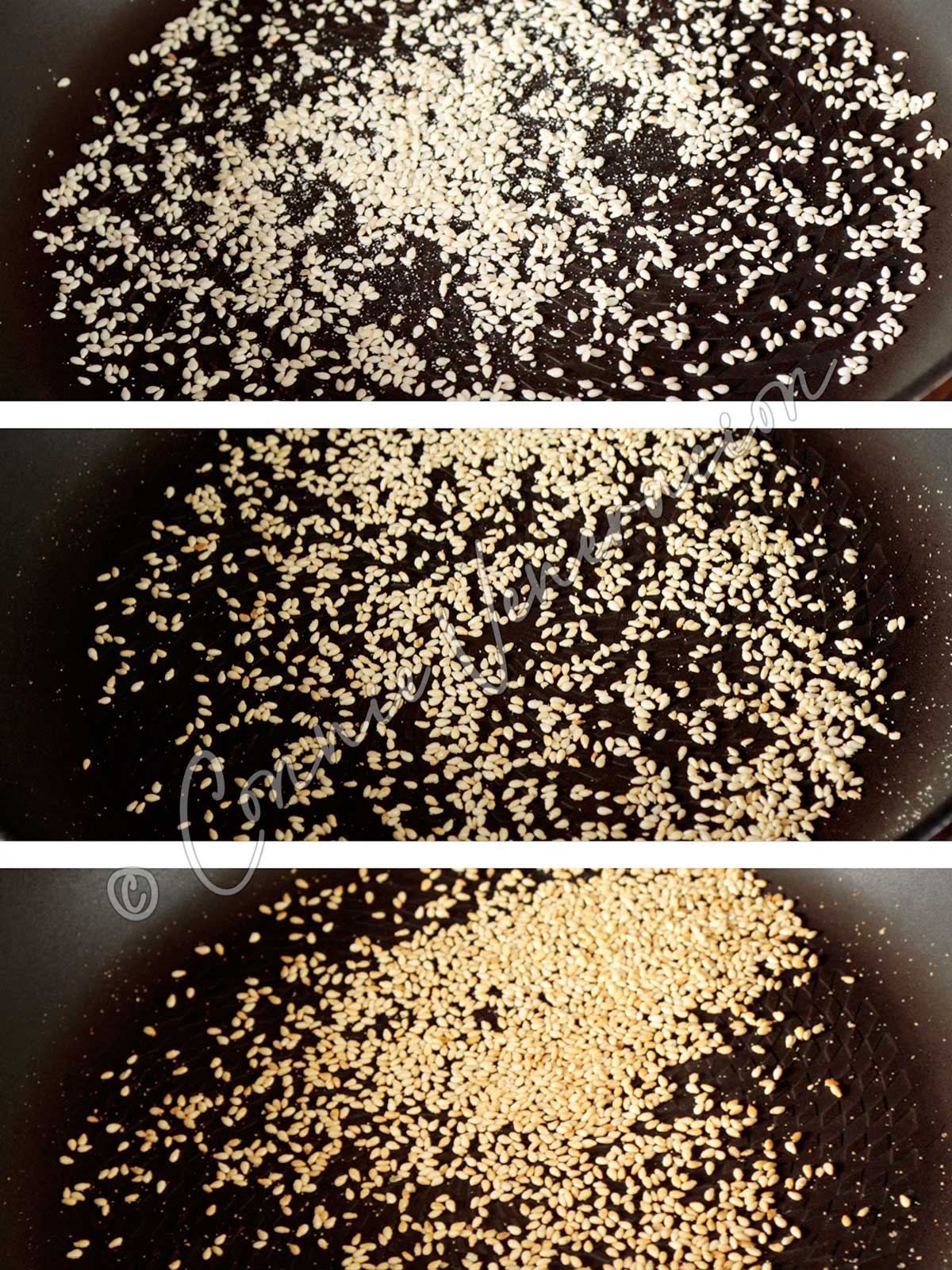
When the sesame seeds turn golden, turn off the heat and continue toasting them in the hot pan, shaking often, until the color deepens to a light brown.
When toasting brown or black sesame seeds, it is difficult to see the change in color. How can we tell if they have been sufficiently toasted? I use two tests.
One, the aroma. If the nutty aroma starts to float over the pan, they’re probably sufficiently toasted.
But, to be sure, apply a second test. Look at the seeds closely and see if they are glistening with oil. That is what you want, really. To bring out the oil and allow the seeds to toast in its own oil. That’s why you toast sesame seeds in an oil-free pan. You don’t need to add any oil at all because the sesame seeds are rich in oil.
Sesame oil
There are two kinds of food grade sesame oil. There’s oil pressed from unroasted sesame seeds and oil pressed from roasted sesame seeds. Oil made from unroasted sesame seeds is lighter in color and has a milder flavor. Oil from roasted sesame seeds is darker, and the flavor and aroma are more intense.
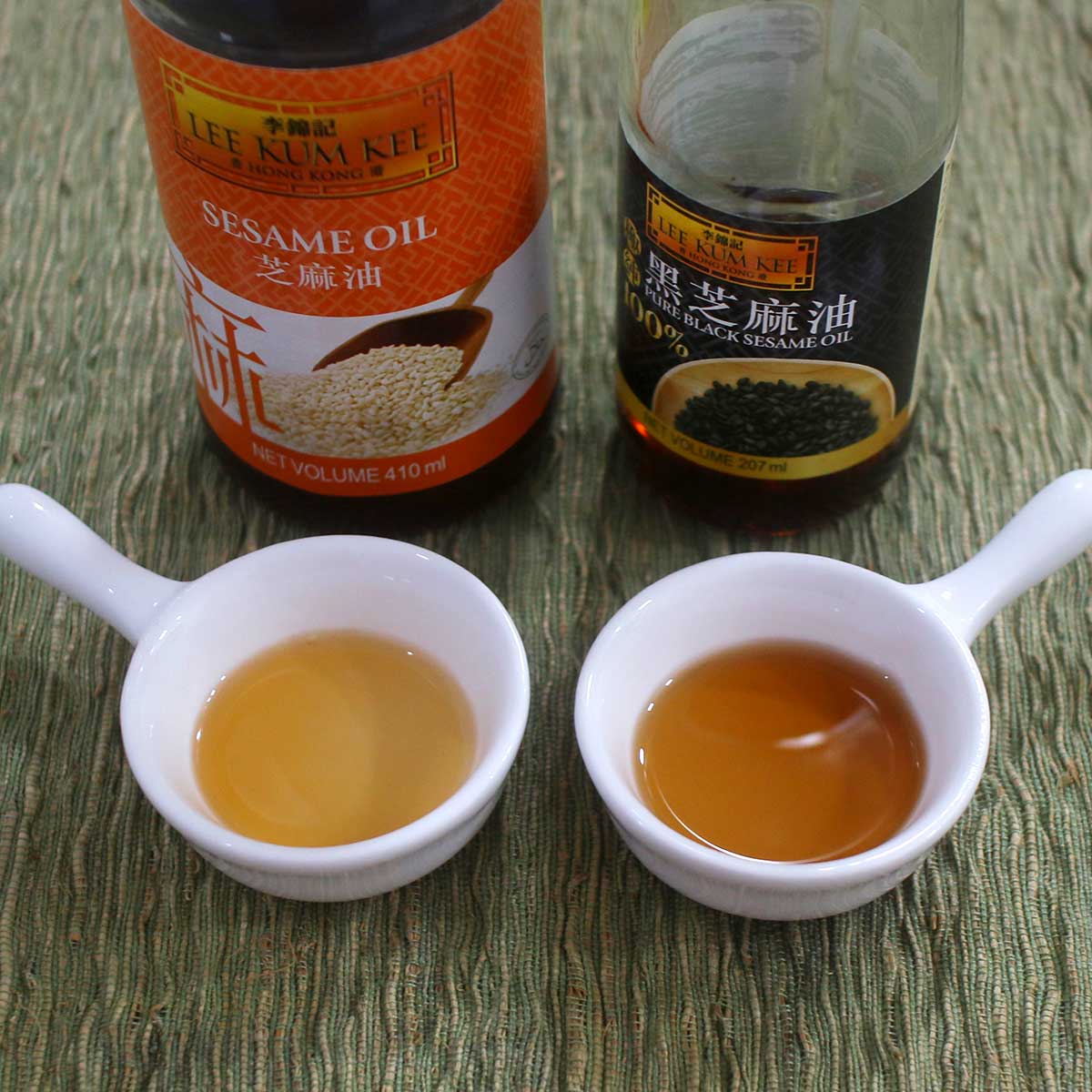
Note, however, that color is not the best guide for choosing your sesame oil. Oil from black sesame seeds, even when unroasted, is darker than oil from lighter colored seeds.
How to use sesame oil
Which kind of sesame oil do you need in your pantry? That depends on how you intend to use the oil. For frying or stir frying, milder-flavored oil is better. But, wait… Sesame oil can be used for frying and stir frying? Oh, yes. Pay no attention to non-Asian celebrity chefs on TV who claim, quite ignorantly, that sesame oil is merely a finishing oil — something to drizzle over cooked food just before it is served.
Sesame oil has a high smoking point which makes it especially ideal for stir frying. But, like olive oil, sesame oil can be bitter. So, for cooking, you want oil from unroasted seeds for its milder flavor. But, as a finishing oil, you want the bolder flavored oil from roasted seeds.
Sesame paste
If you’ve tried making the dip called hummus, then you’d be familiar with tahini, the sesame seed paste that is an essential ingredient of the dip. Made with unroasted sesame seeds, tahini is, by far, the most common name for sesame paste.
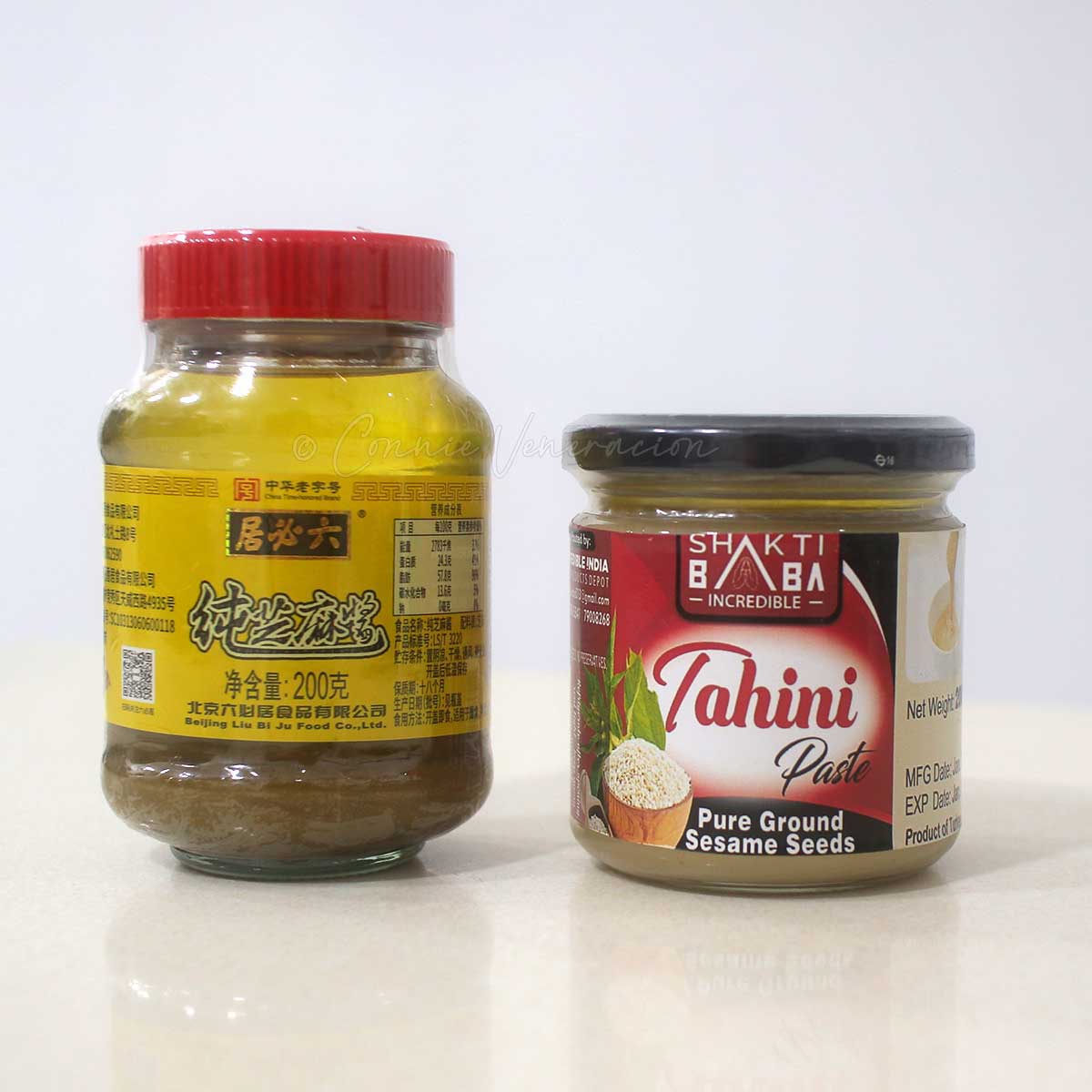
There is, however, a sesame seed paste made with roasted sesame seeds. It is commonlyreferred toas Chinese sesame paste. Just like tahini, you can make ahomemade versionof Chinese sesame paste using a food processor.

